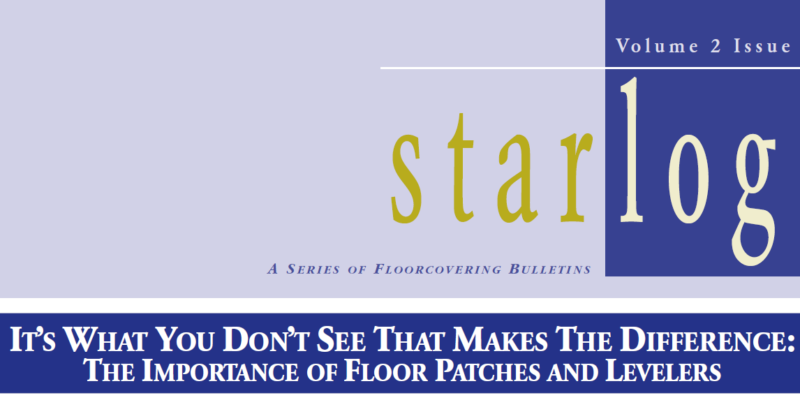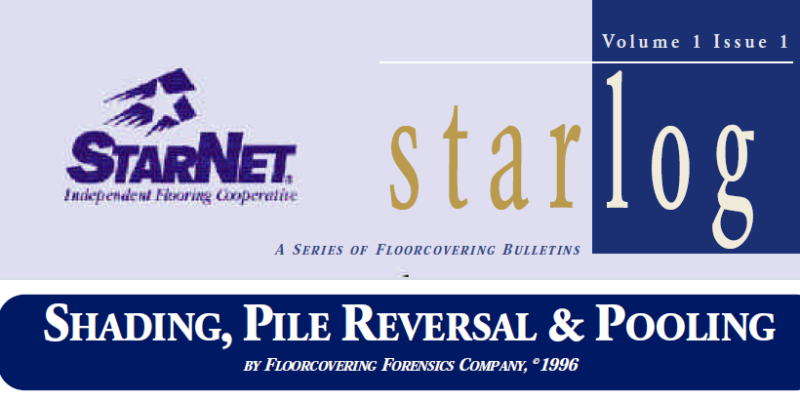No matter what floorcovering you select, the key to a great installation lies beneath the surface. Proper substrate preparation creates the foundation for floors that look great and perform well. Taking short cuts with patches that repair substrate damage and imperfections, and with levelers that create smooth, flat surfaces, invites costly and unsightly installation issues and failures. If your underlayment is not flat, hard, durable and compatible with the floorcovering adhesive, two problems may plague your installation:





